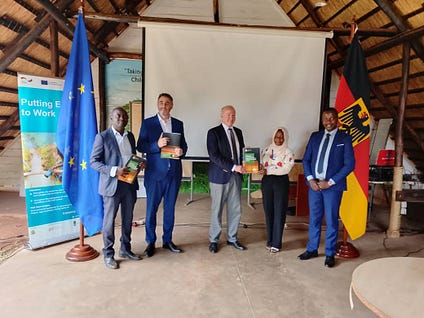Africa’s freshwater fish face a crisis — but solutions are within reach – Mongabay

Report on the State of Africa’s Freshwater Fish and Implications for Sustainable Development Goals
Introduction and Key Findings
A recent World Wide Fund for Nature (WWF) report indicates a severe crisis in Africa’s freshwater ecosystems, with an estimated one in four assessed freshwater fish species facing the threat of extinction. This decline poses a significant risk not only to biodiversity but also to the achievement of several key Sustainable Development Goals (SDGs) by jeopardizing the food security, livelihoods, and cultural heritage of millions across the continent.
- Africa is a global hotspot for freshwater fish diversity, hosting at least 3,281 species.
- The decline of these species directly threatens food sources, economic stability, and ecosystem resilience.
- These critical ecosystems have been largely overlooked in conservation and development policy, hindering progress toward sustainability targets.
Direct Threats to Freshwater Biodiversity and Sustainable Development
Environmental Drivers of Species Decline
The report identifies multiple anthropogenic pressures as the primary drivers of the decline in freshwater fish populations. These factors undermine the stability of aquatic ecosystems and directly contravene the principles of sustainable resource management.
- Habitat Destruction and Degradation: The construction of dams, such as those on the Kafue Flats in Zambia, has disrupted natural flood cycles essential for fish breeding, leading to a collapse in fishery productivity.
- Pollution: Contamination of rivers and lakes degrades water quality, impacting fish health and survival, which is a direct challenge to SDG 6 (Clean Water and Sanitation).
- Overfishing: Unsustainable fishing practices have led to dramatic population collapses. The chambo tilapia in Lake Malawi, for instance, saw a 94% decline between 2006 and 2016.
- Invasive Species: The introduction of non-native species like the Nile perch and water hyacinth in Lake Victoria has resulted in the extinction of hundreds of native cichlid species.
- Climate Change: Altered weather patterns and rising water temperatures add further stress to vulnerable freshwater habitats, impacting the continent’s adaptive capacity as outlined in SDG 13 (Climate Action).
Impact on Sustainable Development Goals (SDGs)
The crisis in Africa’s freshwater fisheries represents a direct threat to the continent’s sustainable development agenda. The loss of these species creates cascading negative impacts across multiple interconnected goals.
- SDG 1 (No Poverty) & SDG 8 (Decent Work and Economic Growth): Africa’s inland fisheries, which account for nearly 30% of the global freshwater catch, are vital economic engines. The collapse of fisheries, such as the 90% decline in catches in the Zambezi floodplain, threatens the livelihoods of millions, pushing communities further into poverty.
- SDG 2 (Zero Hunger): Freshwater fish, particularly small pelagic species like dagaa and kapenta, are a critical source of protein and essential nutrients for millions, especially in low-income and landlocked nations. Their decline constitutes a direct threat to food and nutrition security.
- SDG 15 (Life on Land): The potential extinction of over a quarter of freshwater fish species represents a catastrophic loss of biodiversity, undermining Target 15.5, which aims to protect threatened species and halt biodiversity loss.
- SDG 6 (Clean Water and Sanitation): The health of fish populations is a key indicator of water quality. The drivers of fish decline, particularly pollution and habitat degradation, are symptomatic of a failure to protect and restore water-related ecosystems as mandated by Target 6.6.
Proposed Recovery Framework and Policy Alignment
Six-Point Emergency Recovery Plan
The report, co-authored by a coalition of conservation organizations, outlines a comprehensive emergency plan to reverse the decline of freshwater biodiversity. This plan provides a clear roadmap for actions that align with and support the achievement of the SDGs.
- Allow rivers to flow more naturally.
- Improve water quality in rivers, lakes, and wetlands.
- Protect and restore critical habitats.
- End overfishing and unsustainable sand mining.
- Prevent and control invasions by non-native species.
- Protect free-flowing rivers and remove obsolete dams.
Alignment with Global Commitments and a Call to Action
The proposed recovery plan is consistent with existing international agreements. African nations have already committed to the Kunming-Montreal Global Biodiversity Framework, which includes targets to protect 30% of inland waters and restore 30% of degraded ecosystems by 2030. The report’s authors urge African governments to translate these commitments into concrete actions at the forthcoming Ramsar Convention on Wetlands. Fulfilling these commitments is essential for advancing SDG 17 (Partnerships for the Goals) and ensuring a sustainable future for both Africa’s unique biodiversity and its people.
Analysis of Sustainable Development Goals in the Article
1. Which SDGs are addressed or connected to the issues highlighted in the article?
The article highlights several interconnected issues that are directly relevant to a number of Sustainable Development Goals. The following SDGs are addressed:
- SDG 2: Zero Hunger: The article explicitly states that the decline in fish species threatens “the food security” and “nutrition” of millions. It highlights that small pelagic fishes provide “critical nutrition,” especially in low-income countries, directly linking the health of fisheries to the goal of ending hunger.
- SDG 6: Clean Water and Sanitation: The report points to “pollution” as a key driver of fish decline and proposes “improving water quality” as part of the recovery plan. It also mentions the need to protect wetlands and restore natural river flows, which connects to the sustainable management of water and water-related ecosystems.
- SDG 8: Decent Work and Economic Growth: The article emphasizes that freshwater fisheries are “economic engines” that provide “livelihoods” and “income” for millions. The decline in fish populations is described as a direct threat to these economic activities, as seen in the plummeting catches in the Zambezi and Kafue Flats fisheries.
- SDG 14: Life Below Water: Although primarily focused on marine ecosystems, SDG 14’s principles are highly relevant. The article discusses “overfishing” and “unsustainable practices” in fisheries, which are core concerns of this goal. The mention of Africa accounting for “almost 30% of global freshwater fish catch” underscores the global significance of these fisheries.
- SDG 15: Life on Land: This is a central SDG as it explicitly includes the protection of inland freshwater ecosystems and their biodiversity. The article’s main focus on the extinction risk for “one in four fish species,” the loss of biodiversity, “habitat destruction,” and the impact of “invasive species” aligns directly with the objectives of SDG 15.
2. What specific targets under those SDGs can be identified based on the article’s content?
Based on the issues and proposed solutions in the article, several specific SDG targets can be identified:
- Target 2.1: By 2030, end hunger and ensure access by all people, in particular the poor and people in vulnerable situations, including infants, to safe, nutritious and sufficient food all year round.
- Explanation: The article’s concern over threats to “food and nutrition security” for millions who depend on freshwater fish directly relates to this target of ensuring access to sufficient and nutritious food.
- Target 6.6: By 2020, protect and restore water-related ecosystems, including mountains, forests, wetlands, rivers, aquifers and lakes.
- Explanation: The article calls for protecting “key habitats” like rivers, lakes, and wetlands. The commitment by African countries to “restoring 30% of those [inland waters] already degraded by 2030” is a direct action towards achieving this target.
- Target 14.4: By 2020, effectively regulate harvesting and end overfishing, illegal, unreported and unregulated fishing and destructive fishing practices and implement science-based management plans.
- Explanation: The article identifies “overfishing” as a key driver of decline and the recovery plan includes “ending unsustainable practices,” which aligns perfectly with this target’s objective to regulate harvesting and end overfishing.
- Target 15.1: By 2020, ensure the conservation, restoration and sustainable use of terrestrial and inland freshwater ecosystems and their services, in particular forests, wetlands, mountains and drylands, in line with obligations under international agreements.
- Explanation: The entire article is centered on this target. The call to protect Africa’s rivers, lakes, and wetlands, and the commitment to “protecting 30% of inland waters” are direct measures to conserve and sustainably use inland freshwater ecosystems.
- Target 15.5: Take urgent and significant action to reduce the degradation of natural habitats, halt the loss of biodiversity and, by 2020, protect and prevent the extinction of threatened species.
- Explanation: The article’s opening statement that “one in four fish species it assessed is at risk of extinction” and that Lake Victoria has seen “hundreds of cichlid species vanish” directly addresses the urgency of halting biodiversity loss and preventing extinctions.
- Target 15.8: By 2020, introduce measures to prevent the introduction and significantly reduce the impact of invasive alien species on land and water ecosystems and control or eradicate the priority species.
- Explanation: The article explicitly names “invasive species” as a key driver of decline, citing the “invasive Nile perch and water hyacinth” in Lake Victoria as a cause for the vanishing of native cichlid species. The recovery plan’s point on managing invasive species supports this target.
3. Are there any indicators mentioned or implied in the article that can be used to measure progress towards the identified targets?
Yes, the article mentions several quantitative and qualitative indicators that can be used to measure the status of freshwater ecosystems and progress towards the identified targets:
- Proportion of species threatened with extinction: The statement that “one in four fish species it assessed is at risk of extinction” serves as a direct indicator for Target 15.5. This is similar to the official Red List Index (Indicator 15.5.1).
- Change in specific fish stock populations: The article provides a concrete example: “Lake Malawi’s iconic chambo tilapia… declined by 94% from 2006-2016.” This percentage decline over a specific period is a powerful indicator of the health of a particular fishery and the effectiveness of management practices (related to Target 14.4).
- Change in total fishery catches: The data point that in “Zambezi’s floodplain fisheries, catches have plummeted by about 90%” is an indicator of the productivity and sustainability of a fishery, reflecting pressures like overfishing and habitat degradation (related to Target 14.4 and 15.1).
- Proportion of inland water areas protected and restored: The commitment of African countries to “protecting 30% of inland waters and restoring 30% of those already degraded by 2030” is a clear, measurable indicator of progress towards conservation and restoration goals (related to Target 15.1 and 6.6).
- Presence and impact of invasive alien species: The mention of the “introduction of the invasive Nile perch and water hyacinth” leading to the vanishing of native species is an indicator for Target 15.8. Tracking the spread and impact of such species is crucial for measuring progress.
4. Table of SDGs, Targets, and Indicators
| SDGs | Targets | Indicators (Mentioned or Implied in the Article) |
|---|---|---|
| SDG 2: Zero Hunger | 2.1: Ensure access to safe, nutritious and sufficient food. | Dependence of millions on freshwater fish for “food and nutrition security.” |
| SDG 6: Clean Water and Sanitation | 6.6: Protect and restore water-related ecosystems. | Commitment to “restoring 30% of [inland waters] already degraded by 2030.” |
| SDG 14: Life Below Water | 14.4: End overfishing and destructive fishing practices. | Decline in fishery catches (e.g., “catches have plummeted by about 90%” in Zambezi). |
| SDG 15: Life on Land | 15.1: Conserve and restore terrestrial and inland freshwater ecosystems. | Commitment to “protecting 30% of inland waters.” |
| 15.5: Halt biodiversity loss and prevent the extinction of threatened species. | Proportion of species at risk (“one in four fish species… is at risk of extinction”); Decline of specific populations (“chambo tilapia… declined by 94%”). | |
| 15.8: Prevent and reduce the impact of invasive alien species. | Impact of invasive species (e.g., “invasive Nile perch and water hyacinth” causing other species to vanish). |
Source: news.mongabay.com

What is Your Reaction?
 Like
0
Like
0
 Dislike
0
Dislike
0
 Love
0
Love
0
 Funny
0
Funny
0
 Angry
0
Angry
0
 Sad
0
Sad
0
 Wow
0
Wow
0

















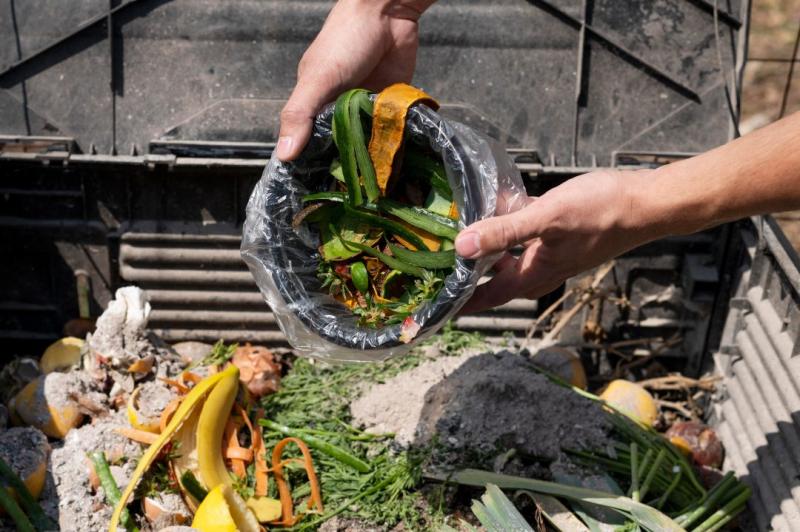







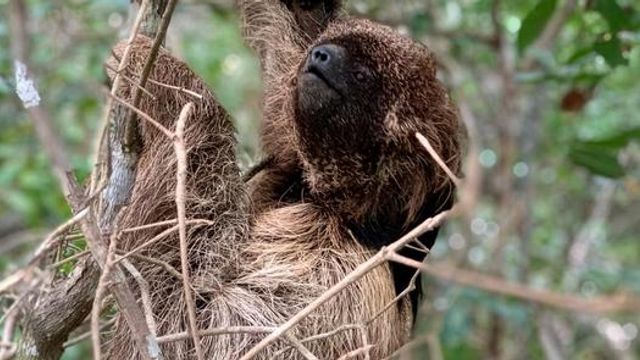
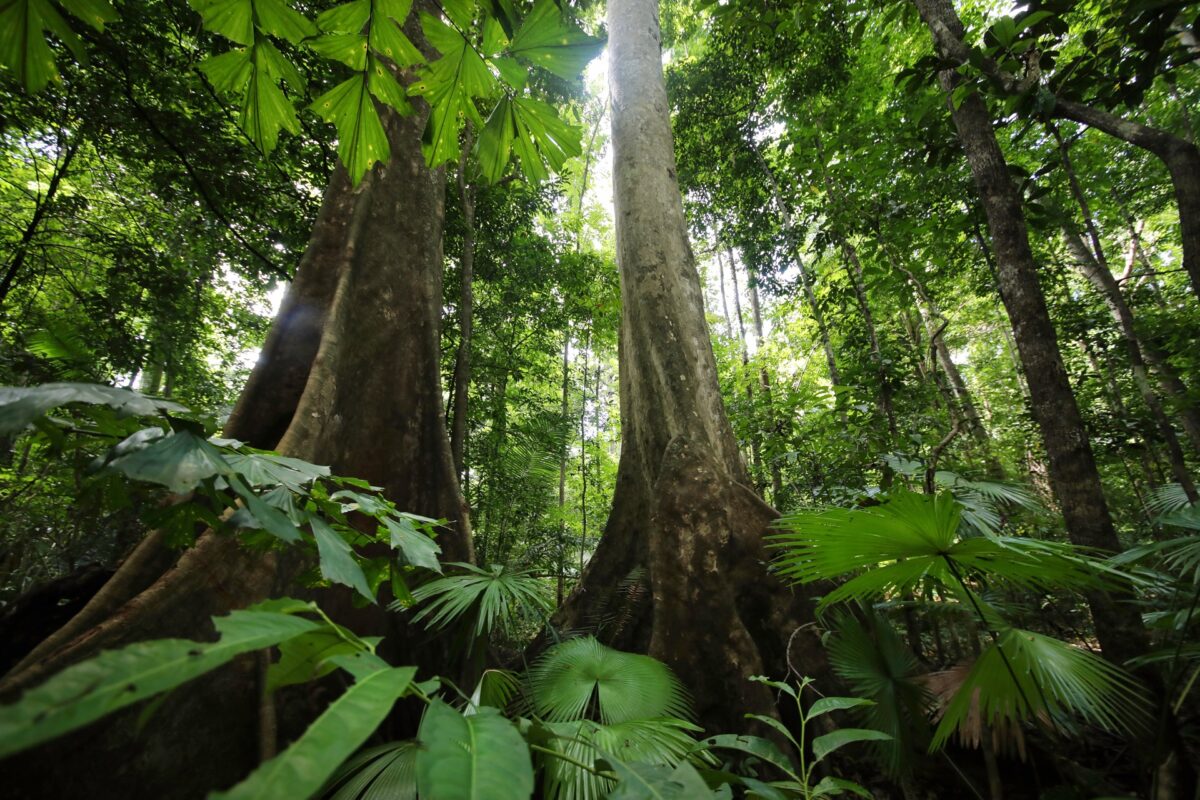




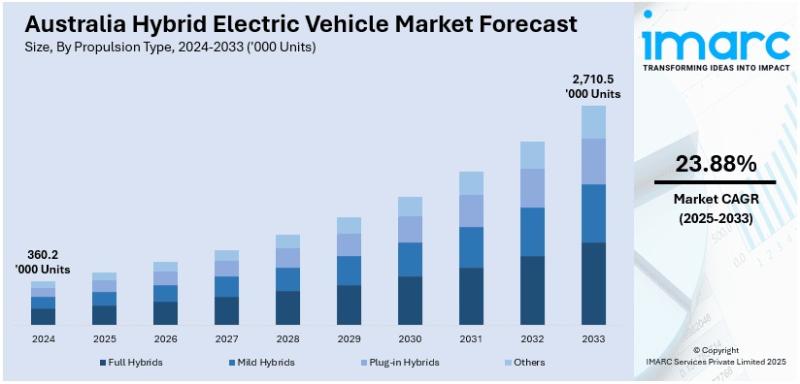











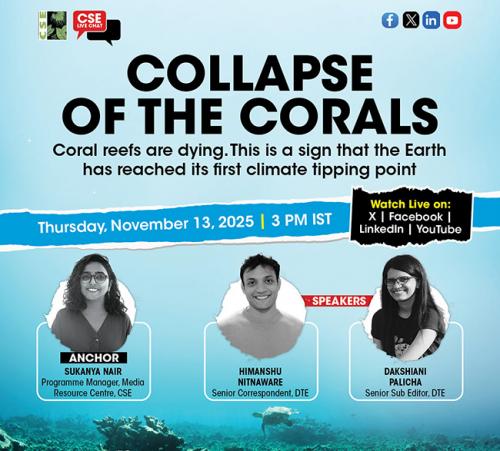










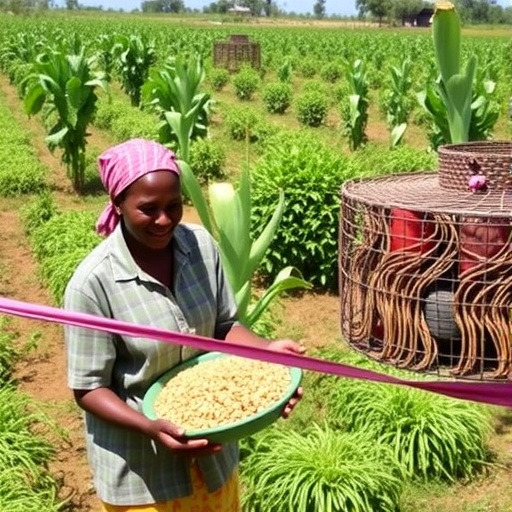
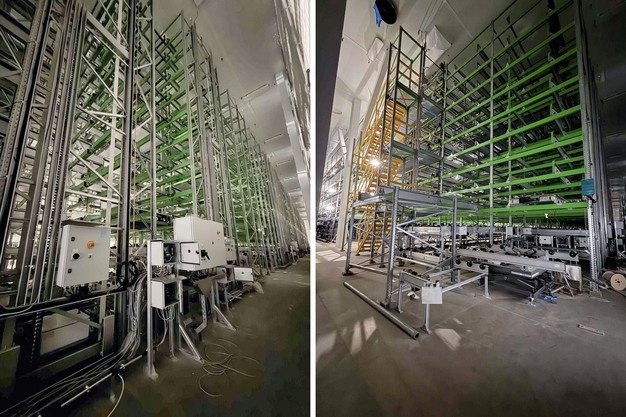



.jpg?#)


